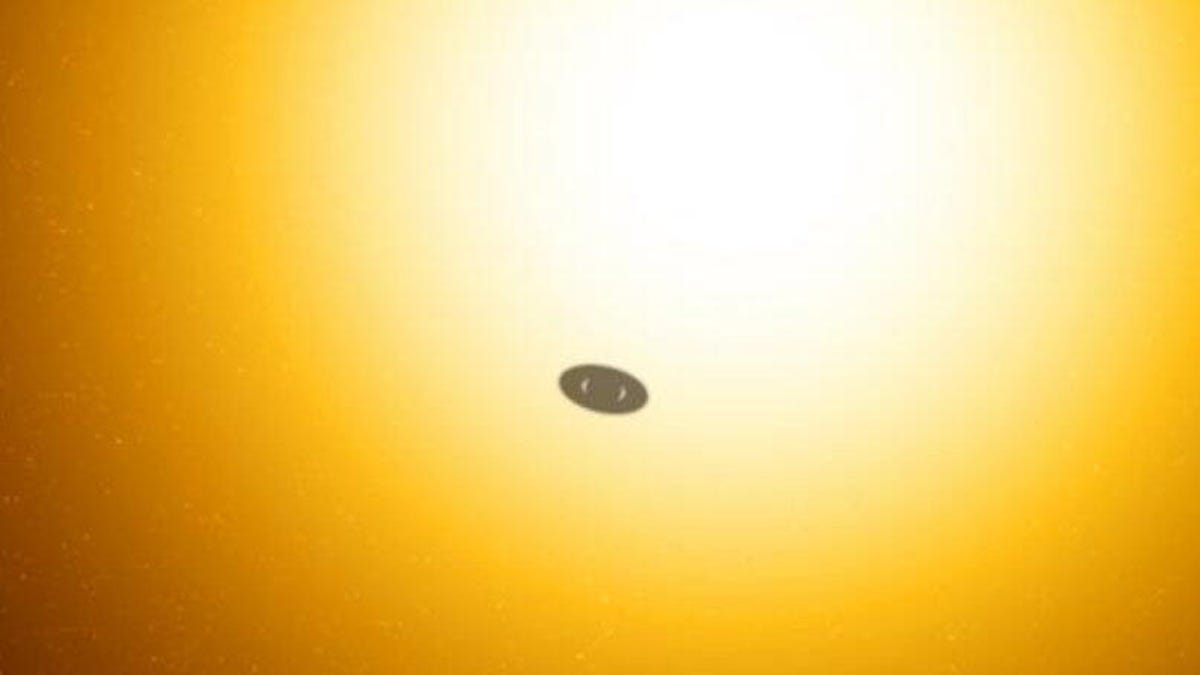Weird 'cotton candy' planets might be rocking rings, scientists suggest
Researchers are taking a closer look at oddball exoplanets known as super-puffs.
Our solar system has some cool planets, like Earth and a fun variety of gas giants. But we don't have any "super-puff" planets, which NASA once described as having "the density of cotton candy." Researchers have come up with a new possible explanation for these oddball exoplanets: Some of them might have rings.
Astronomers were initially surprised to discover these large, fluffy planets, which can be spotted when they transit their host stars and cause a dimming of the light that we can detect from our solar system.
This NASA illustration shows three super-puff planets orbiting the star Kepler 51.
Researchers from Caltech and the Carnegie Institute for Science posed an intriguing question. "We started to wonder, if you were to look back at us from a distant world, would you recognize Saturn as a ringed planet, or would it appear to be a puffy planet to an alien astronomer?" said Caltech planetary scientist Shreyas Vissapragada in a release Monday.
Vissapragada is co-author of the paper "Exploring Whether Super-puffs can be Explained as Ringed Exoplanets" published in The Astronomical Journal. The answer to the question is a resounding "maybe."
The researchers looked at super-puff exoplanets discovered through NASA's Kepler mission and determined that some of them could be sporting rocky rings that make them appear to be cotton-candy-like giants.
Super-puffs orbit close to their host stars, so any rings they have would need to be rocky and not icy. "But rocky ring radii can only be so big, unless the rock is very porous, so not every super-puff would fit these constraints," said Carnegie's Anthony Piro, co-author of the study.
The scientists are eyeing three planets in particular: Kepler 87c, Kepler 177c and HIP 41378f, but they'll have to wait for NASA's next-generation James Webb Space Telescope to launch before they can more deeply investigate this idea.
Considering that Jupiter, Saturn, Uranus and Neptune all have rings systems, we can expect to spot ringed exoplanets out in the cosmic wild. It may turn out that some of those cotton candy planets aren't so floofy after all.


